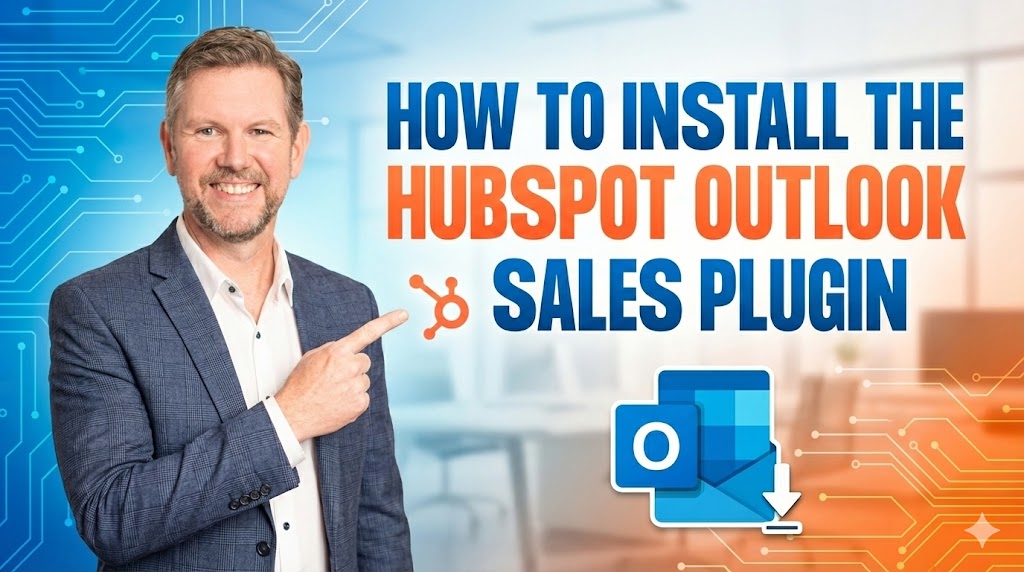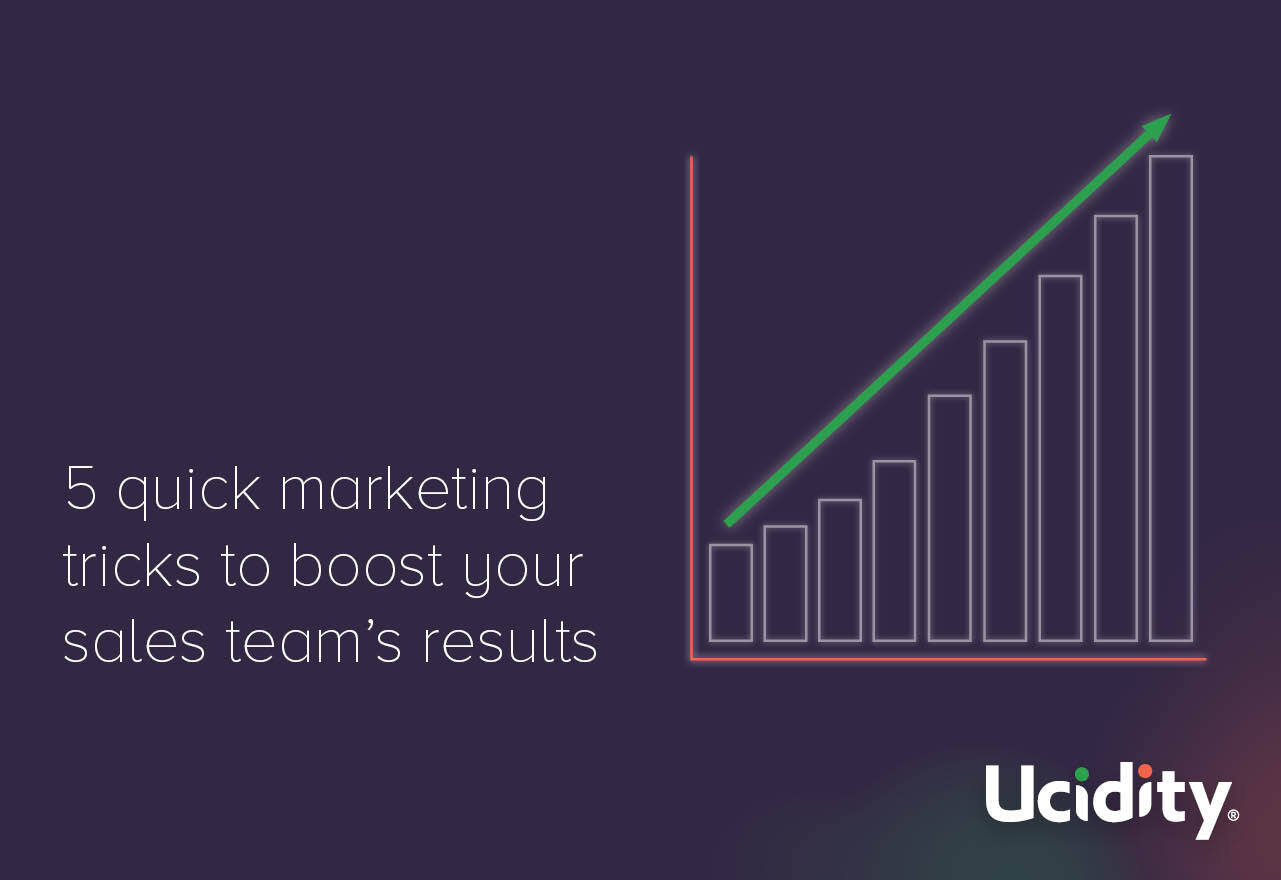
Content Marketing,Content Marketing,Content Marketing,Content Marketing,Content Marketing | 7 min read

Two of the most critical units of every business are the sales and marketing teams. They get your products and services in front of the right people at the right time AND help those people pay for your products and services.
So why is it that many businesses operate their sales and marketing teams like two independent entities?
Treating your sales and marketing team this way can result in biiig problems...
...Big problems you might not even realise you have.
Think of it this way: What if your sales team thinks your business’s target market is females in their 20s-40s, while your marketing team feels that your target market is females aged 30s-40s?
That’s a huge disconnect.
Having very different ideas on how products and services work, how to sell them, or even the direction of the overall marketing campaigns leads to confused prospects and inefficient or poorer sales.
…[Drumroll]...
This is precisely where a well-built CRM platform can make a huge difference!
A CRM provides a smooth and seamless flow of your day-to-day sales and marketing. When you have a great CRM, e.g. Hubspot, your sales and marketing teams are far more aligned, allowing you to build a customer relationship that goes beyond just selling to your customers.
Strategising soon? Consider these:
- Are your sales and marketing team running at their full potential?
- Do you suspect the possibility of achieving higher results?
- Does your sales and marketing team have all the data they need to be effective?
- Do they communicate and speak the same language?
- Are your sales and marketing aligned to your business goals?
It's uncommon for sales and marketing to work together
Many businesses that we work with experience problems with a lack of communication between their sales and marketing teams. Based on their stories, their sales and marketing teams make two different strategies with two different persons in mind.
The result?
Disaster.
The probability is that your marketing team may have been producing content and materials that are not aligned with the language the sales team uses with your potential buyers. One reason is that going back, both teams may have been approaching personas differently or have completely different strategies and different personas in mind.
Here’s a clearer example:
Your sales team thinks that your target audience is mainly in Asia, while your .marketing team thinks that your target audience is in Australia. So, in this case, your sales team now works on strategies that circle the Asian audience, while your marketing team makes strategies that revolve around the Australian market.
Oh, the chaos!
This can mean poor results because they aren’t working together, and their goals are awry.
So what should you do?

1. Get the Sales and Marketing Team in the Same Room
Literally.
We know everyone's exceedingly busy but getting these two teams together is step one in alignment. Set a strategy or an alignment meeting, pull them aside or give extra time to make time for your meeting.
Whatever the case may be, just get them together!
Give each team the time to discuss their strategies. Then, once done, set things straight, and clarify who’s who and what’s what.
Talk about who the business’s target audience is, demographics, etc. Then, when you have set things in stone, find common ground where both teams can build off their goals and work towards the goal of increasing profit.
Talk about the ongoing issues and have them collaborate and brainstorm together.
This allows a free exchange of ideas that would typically not be communicated.
Take the opportunity for both teams to set up personas, exchange ideas, make plans, and discuss the buyer journey through the CRM.
Personas may seem like a small component of the strategy but are a great way to align your teams on what they should focus on.
Personas can be set up on the CRM by making different buyer profiles. Then, when done correctly, you can track buying patterns that indicate whether specific personas fit the audience your teams should target.
2. Reporting Layer (Reports that your CRM can generate)
A CRM generates essential data that helps you make more informed decisions on how to proceed with your marketing and sales strategy.
An example is that the data generated can show you which of your marketing channels produced the best results in terms of conversion and the poorest conversions.
This data can be crucial in the next steps of your marketing strategy as it can tell you which yields the best results and, therefore, where you should focus your energy and attention to.
Ideally, the CRM-generated reports are for the sales and marketing teams to run through the numbers and data together to develop a strategy based on the available data. That way, when numbers back the strategy, it is more likely to be effective as it is based on facts and not merely “guestimates”.
The data includes numbers that say which channels work and which don’t and whether the buyers are actually buying or just at the “looking around” stage.
When both teams analyse the data together, they can simultaneously move in the right direction in understanding who their best (and worst) customers are, the best channel, etc.
(i.e. is it better to do emails or ads), and when they should market, and the kind of promotions that will give the highest conversion.
Without this kind of alignment, the sales team runs off in one direction while the marketing team runs the other way.
It’s a waste of effort for both teams.
3. Content planning
All data’s been gathered, so what’s next?
It’s time for the sales and marketing teams to brainstorm the content they want to use to attract more leads and create more conversions. Remember that making the right content for your marketing campaigns is crucial in attracting new customers and bringing in your regular clients and customers.
Base your content on the data collected from the reports within the CRM. This will give you a more informed decision on what kind of content works and which type will appeal to your target audience, which you have determined from the reports generated.
Wonder how content ties up to your CRM?
Plan, plug and play all of your content on the CRM too. Then, after collecting the data, keep tabs on the pacific type of content you need to make and how you could make that content specific to your target audience.
Here’s how:
For example, your sales team may have gathered some common questions from your potential buyers, such as “What are the safety features of your product?” “What is the return and refund policy?”
The sales team needs to ensure that the marketing team gains access to those commonly asked questions so they (the marketing team) can adjust their strategy and factor that into their content planning, which ones finished can be plugged and sent out through the CRM.
The CRM can help track and boost varied content like videos, blogs, emails, and social media. Along with using a reporting tool and even ad tracking and management, this content can be measured in terms of reach and efficacy.
These tools and more can be utilised inside a CRM to produce fantastic content that will attract buyers and convert those leads into sales.
All These And More in HubSpot!
If any CRM could do all the things we mentioned and more, it has to be HubSpot.
HubSpot can get your teams to start collaborating so you can have a more robust and more efficient business.
HubSpot can help by tracking all the essential data you may need in the business, such as sales numbers, buyer’s profiles, buying patterns, marketing channels that are most effective, what the feedback is for specific campaigns, etc.
This can be generated by HubSpot’s CRM, making it straightforward for the sales and marketing teams to look at the necessary data to improve strategies.
Let’s say, for example, Volvo would like to produce a video about the safety of their vehicles on YouTube. HubSpot can help the marketing team create content for the video with its copywriting and video tools. Once the video is produced and uploaded, HubSpot can then track the engagement the video had with potential leads such as views, clickthroughs, etc. HubSpot can even track customers' feedback through its CRM, allowing the marketing team to gauge the campaign's effectiveness and the sales team to see what concerns customers may have from the ground.
If questions arise from a customer, the sales team can record them in Hubspot for the Marketing team to develop creative answers and solutions that will incline potential leads to buy. Through Hubspot, your sales and marketing teams can collaborate and communicate to produce materials and strategies that run along the same trajectory and target.
HubSpot will revolutionise how your company does business by making your sales and marketing teams collaborate and work together more efficiently. Not only that, HubsSot has tools that will also enhance your customer service, operations and customer management.
Need expert advice in ensuring that your sales and marketing team are aligned?
Reach out to us!
Need Help Gauging Your Marketing Performance?
There are a lot more success metrics for inbound marketing that can be measured. Expert opinion from the industry shows that the above ten are good starting points for business owners to gauge where their marketing efforts are at. It is important to look into the channels that are working best for you. From there you can make changes and adjustments to low-performing channels or stick with the good-performing ones and focus on that.
To help you with more specific and targeted results, you need to tie your website into a good CRM. Ucidity uses HubSpot because of the many possibilities you can do with it. Here are some reasons why HubSpot is our CRM of choice and how it has made things easier and delivered more accurate results for us:
- Ties into your website
- Enables you to track a buyer’s journey
- Manage all your social media
- Schedules all your newsletter
- Stores all your contacts
- Records all the calls that you make to any contact
Let’s talk about the best options to gauge your business’s marketing efforts.
Published on August 12, 2022





